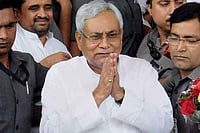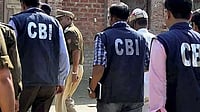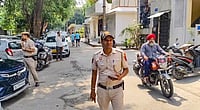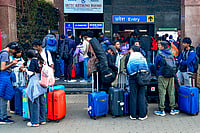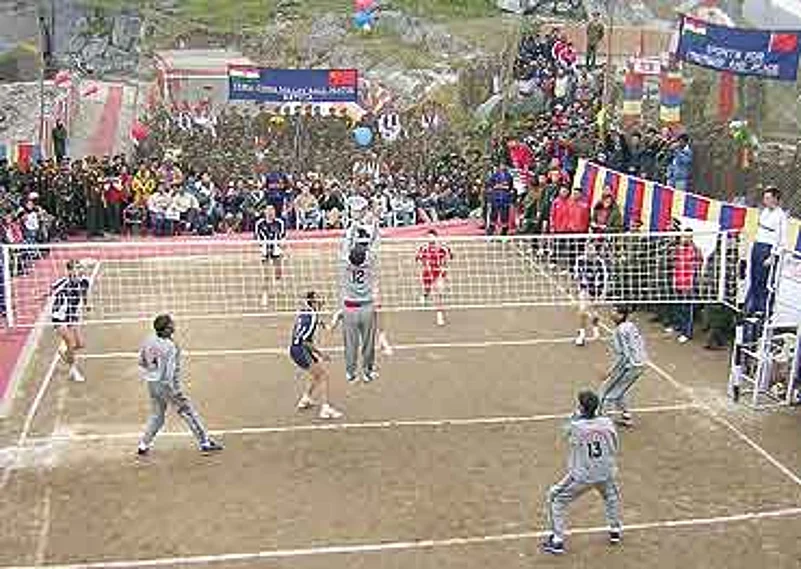
Chief minister Chamling, meanwhile, is already looking beyond trade. The only route available to Indians travelling to Tibet is through Nepal right now. Through Nathu La, the distance would be reduced by more than half and the time by nearly a quarter. Nathu La, he believes, will boost ties with China, especially Tibet. "Many people in Sikkim and some other parts of the country have relatives in Tibet. I'll propose to New Delhi that we start a bus service from Gangtok to Lhasa," Chamling told Outlook.
Right now, for Indians, it takes more than a week from Kathmandu to reach Mansarovar in Tibet—the lake considered holy by Hindus. And another three days to reach Mount Kailash (the abode of Lord Shiva). It takes four days to reach Lhasa from Nepal's capital. And the tortuous roads defy description. "From Gangtok, it would take just 14 hours by road to travel the 584 km to Lhasa. I foresee a huge leap in the number of tourists and pilgrims who would want to travel to Tibet through Sikkim once Nathu La opens," says Chamling.
Sikkimese traders and tour operators are equally excited and hark back to the pre-1961 days when trade with Tibet flourished. "We used to export foodstuff, medicines and cloth and bring back wool and fur. It was more or less barter trade then," recalls Motilall Lakhotia, who was trading with Tibet way back in 1954. He and 200 traders from the Sikkim side had trade offices at Yatung, about 37 km across from Nathu La. "We used to send and bring back goods on mules and it used to take four days from Gangtok to Yatung. I had about 60 people working for me. Trade volume was about five lakh rupees a year in the 1950s," he says. Tshering Bhutia, owner of Shangri-La Travels, plans to double his existing fleet of 15 SUVs to cope with the expected rush once Nathu La reopens.
Come October, and the 'roof of the world', as Tibet is called, will be stripped of its centuries-long seclusion and aloofness. Nathu La will show the way.














